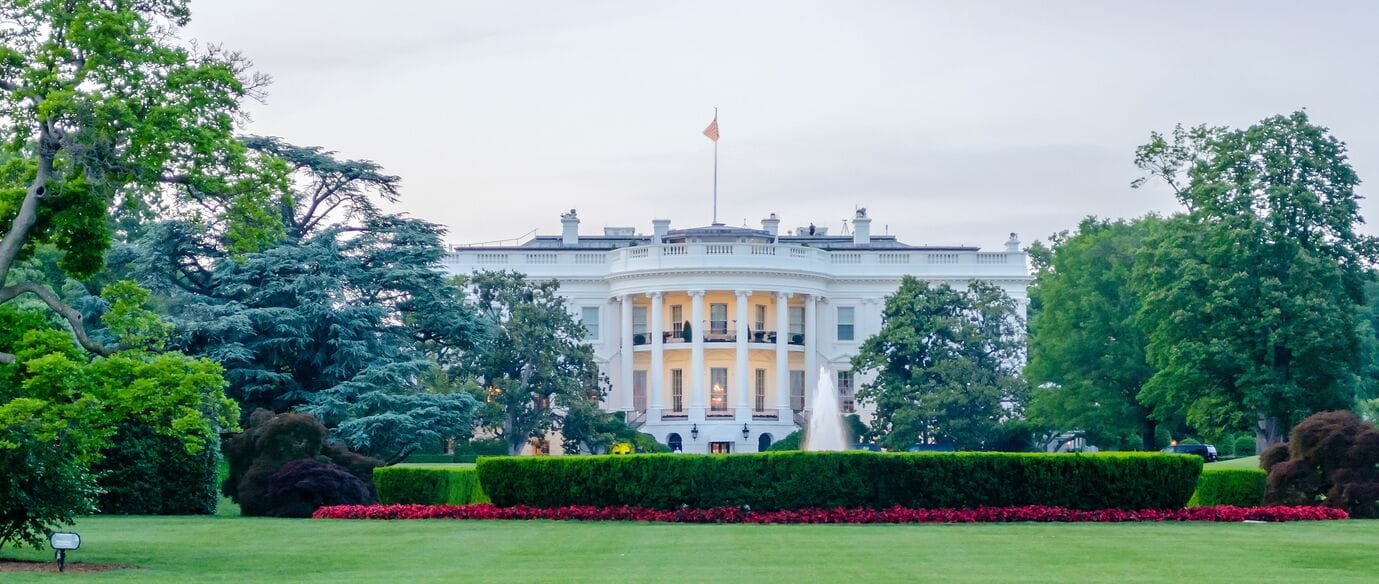
Reflecting on President Trump’s first 100 days in office
 Search
Search


 Search
Search

On March 3, 2025, the Supreme Court of Japan upheld the original judgment that found patent infringement in respect of the acts performed on a server located outside Japan, virtually affirming the extraterritorial application of the Japanese patent law in cases where it can be comprehensively considered that, substantially, a patent has been implemented in Japan.
The lawsuit was filed by DWANGO Co., Ltd (“DWANGO”), a Japanese company that operates a video distribution service, “Nico Nico Douga”, against FC2, Inc. (“FC2”), a U.S. company that provides hosting and internet web services, over DWANGO’s patent (Japan Patent No.6526304) for a “comment distribution system”. On March 24, 2022, the Tokyo District Court (the first instance), based on a strict interpretation of the principle of territoriality — i.e., patent rights are regulated by the laws of the country where they have been granted in respect of their establishment, transfer, effect, etc., and their effect is limited to the territory of the country where they have been granted — found that there was no infringement, because the server that performed some of the elements of the patented inventions was located outside Japan, and dismissed DWANGO’s claim. However, following DWANGO’s appeal, on May 26, 2023, the Intellectual Property High Court (“IPHC”) (the second instance), in a grand panel decision, affirmed that the acts of FC2 constitute infringement of DWANGO's patent. A decision by the Supreme Court was awaited.
The inventions in this case relate to a system that connects via a network a terminal device that displays videos and comments submitted by users in response to the videos, and a server that transmits information related to the videos and comments to the terminal device. The inventions perform processing, for example, to adjust the comments displayed on the videos so that they do not overlap and have the effect of improving the entertainment value of communication using comments. In this case, with regard to such network system inventions, some of the acts that are considered to be elements of the patent were performed by FC2, which is located outside Japan, on a server located outside Japan, but the users (user terminals) were located in Japan.
The key issue of the strict interpretation of the principle of territoriality is that it enables one to easily work around patents, undermining their protection of network system inventions, by merely installing a server outside Japan. On the other hand, if patent infringement is recognized merely because the user terminals are in Japan, it will lead to excessive protection, hindering economic activities.
The Supreme Court held that, even if apparently some of the acts for creating the system are performed outside Japan and part of the system (the server) is located outside Japan, when looking at them as a whole and considering the facts that (i) the terminals and the users are in Japan, (ii) the effect of the system (i.e., the comments being adjusted as a result of the processing so that they do not overlap) is displayed on the terminals in Japan, (iii) there is no particular significance in the fact that the server that processes the information is located outside Japan, and (iv) there is no indication that such a system would have no economic impact on DWANGO, it is reasonable to consider that, substantially, the system is being produced (as an act of implementation) within the territory of Japan. With this, the four Supreme Court justices unanimously upheld the IPHC decision (the original judgement).
Naturally, a standard set out by the Grand Panel of the IPHC may be useful as a practical guide — i.e., in the context of patent rights relating to cross-border network system inventions, an act of “production” occurs when it can be considered that the act in question has been performed within the territory of Japan, after giving comprehensive consideration to the factors including, but not limited to the following:
Based on the standard above and in the light of the specific circumstances of this case — e.g., the manner of transmission and reception, the role played by the user terminals, the fact that the effect of the inventions was realized in Japan, and the fact that the use of the system by users in Japan impacted the economic benefits of the system — after comprehensive consideration, the IPHC held that the act of newly creating a system consisting of a server located outside Japan and user terminals located in Japan could be considered to have taken place within the territory of Japan, and therefore, it constitutes an act of implementing the inventions.
This IPHC decision, which found the infringement of FC2 and ordered it to pay compensation and cease distribution, was upheld by the Supreme Court and became final.
On the same day, in a parallel case, the Supreme Court also found FC2’s infringement in relation to DWANGO’s patent (Japan Patent No. 4734471) titled “Display Device, Comment Display Method, and Program”. In this case, the Supreme Court looked at FC2’s act of distributing programs within the territory of Japan from outside Japan via the Internet as a whole in the same manner as in the other parallel case above and found that such act constitutes a “provision through a telecommunications line” and “transfer within the territory of Japan.
These Supreme Court decisions are highly evaluated as a response to the new needs for patent protection arising from the development of network technology and the globalization of IT, and legislation is now being considered at the Japan Patent Office.
Authored by Hiroto Imai and Mizue Kakiuchi.